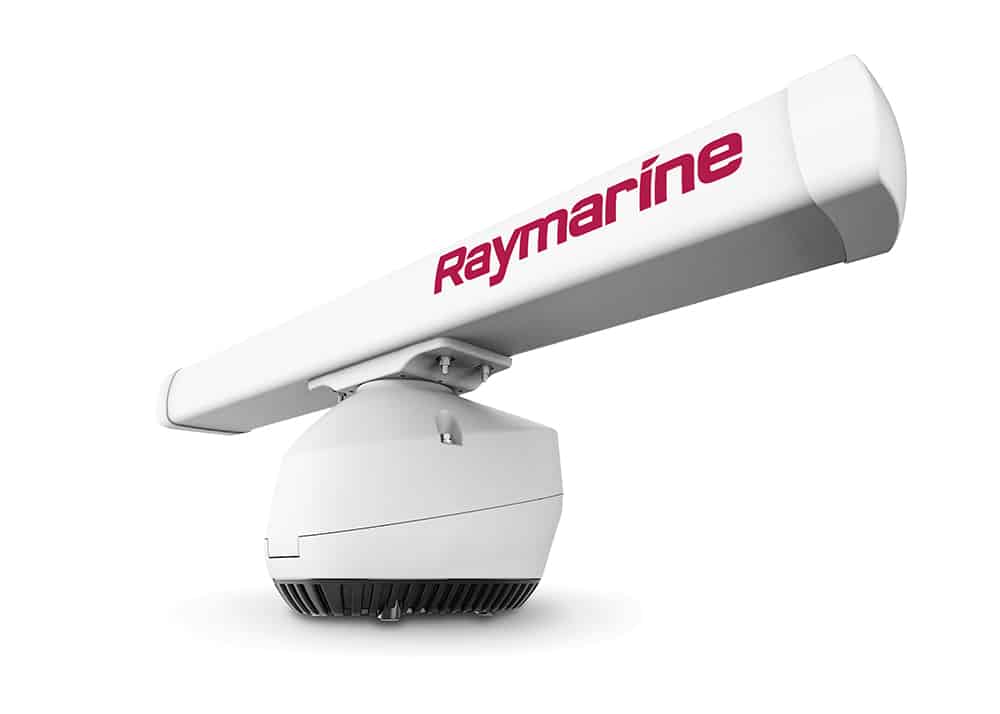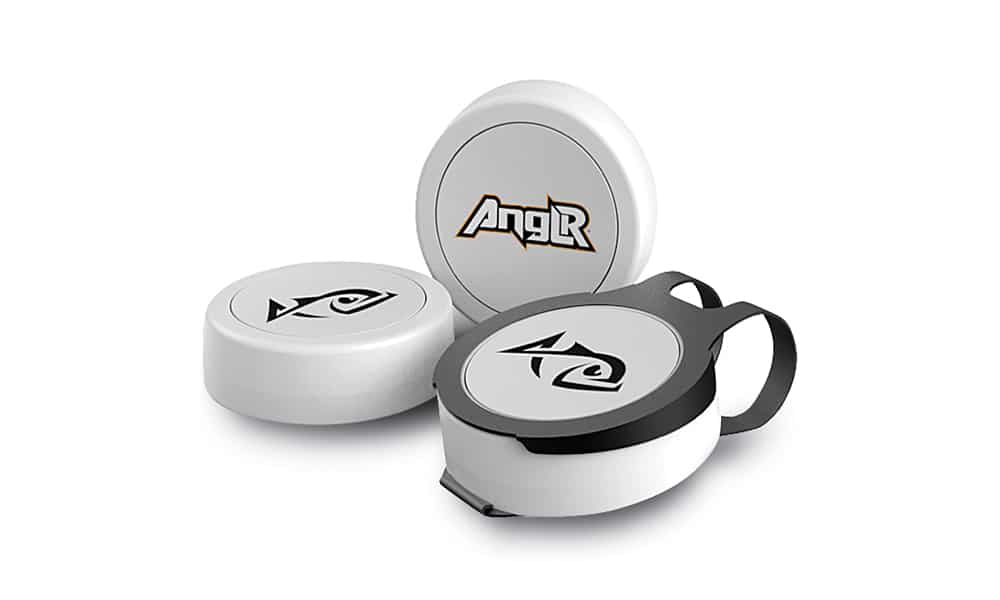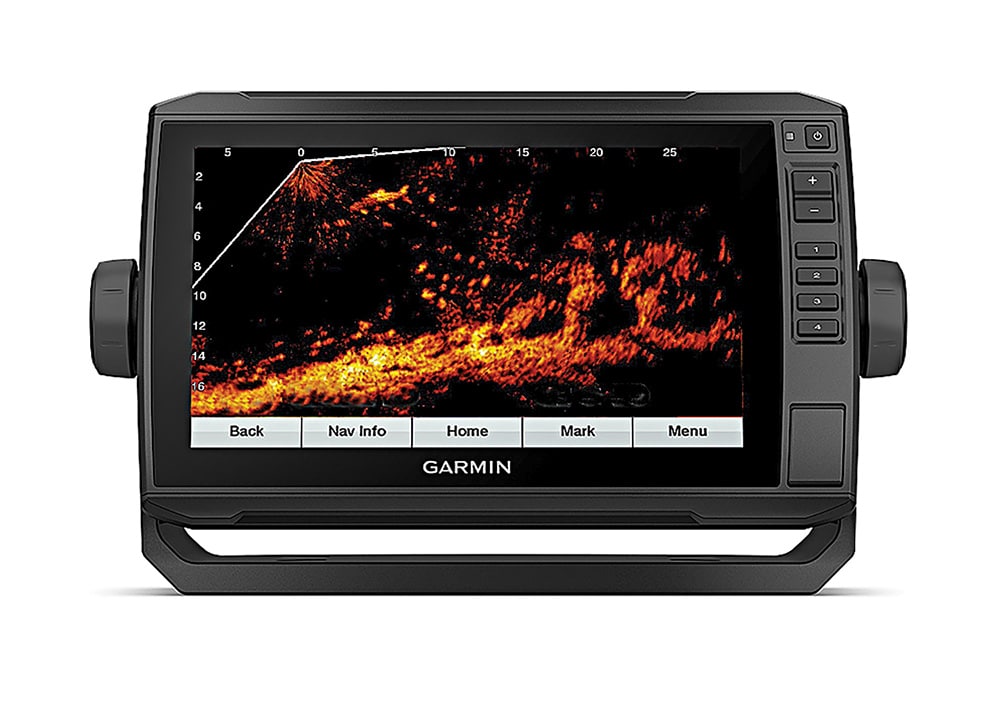
Today’s fish finders and imaging sonar units create remarkable pictures of the underwater world. Yet for the most part, you are looking at what has already passed below the boat. Useful? Yes, of course. Anglers have used these systems for decades to find and catch fish. But you are not seeing things as they are, but rather as they were.
That brings us to the next big step in fish-finding technology, known generally as live sonar. If a conventional fish finder shows the equivalent of a photograph, live sonar shows us streaming video.
Those of us used to seeing sonar returns scrolling across a screen might have a hard time wrapping our minds around the concept of live sonar, but once you view it in action, the angling applications become clear.
New Game
“It’s a whole new game,” says David Dunn, director of sales and marketing for Garmin Marine, a pioneer in live sonar. The latest evolution is Panoptix LiveScope. “This product opens up so many possibilities that anglers have never had before.”
Winner of the Best of Show award at the 2018 ICAST fishing-industry show last July, LiveScope consists of a special LVS32 transducer and a GLS 10 black-box module, which in turn networks with a wide range of Garmin multifunction displays to show the streaming LiveScope images. The LiveScope system sells for $1,499.99.
A key to the effectiveness of the LVS32 transducer is an attitude heading reference system, which prevents distortion of the imagery from the pitch, roll and yaw of the boat. It constantly adjusts the sonar beam to compensate for boat motion and stabilize the image.
Double Vision
The Garmin LVS32 transducer mounts on the transom to peer downward, or angle it to look forward. Anglers can also mount the transducer on the shaft of a trolling motor, allowing them to swivel the transducer in a full circle to see sideways all around the boat.
The transducer beam sweeps across 135 degrees and is about 15 degrees wide, so LiveScope samples a fairly narrow slice of the water column to paint startlingly lifelike, albeit monochrome, images of fish and bait schools as they move through the sonar beam. The dynamic images are akin to what you might see during a medical ultrasound procedure.
The high-resolution on-screen images prove easy to interpret. In some instances, you can discern the actual profiles of fish, which helps to identify the species. And you can also see fish dart in and out of bait schools while attacking prey.
Going Sideways
So, how can this technology help you catch more fish? Dunn points to his saltwater experience in finding a school of tarpon with LiveScope. “We had the transducer mounted sideways on a trolling motor and pointing toward a dock,” he explains. “LiveScope instantly showed a school of tarpon rolling under the dock.
“We knew they were tarpon because we could easily make out the profiles of the fish,” he says.
With this application, you quickly see if there are fish such as snook lurking below the mangroves or waiting in ambush by a bridge abutment, Dunn points out. A special echo-trail function enhances the ability to read fish movements.
The LVS32 transducer operates at a fairly high frequency, 530 to 1,100 kHz, which gives LiveScope a reliable horizontal range of about 100 feet, Dunn says. That lets you stand off a bit and scan for signs of life before moving in to make a cast. When mounted on a bow trolling motor, a bow-mounted MFD shows the image.
Looking Back
In an unanticipated application, some Australian anglers point the transducer aft while trolling to alert them when a fish enters the spread. “They are using LiveScope in ways we had not imagined,” Dunn says.
With the transducer pointed down, LiveScope offers a maximum effective depth of 200 feet for fishing wrecks and reefs, Dunn says. Pointing the transducer sideways when wreck fishing, you can scout a wide perimeter for schools of bait and fish cruising in the mid- to upper water column, Dunn points out.
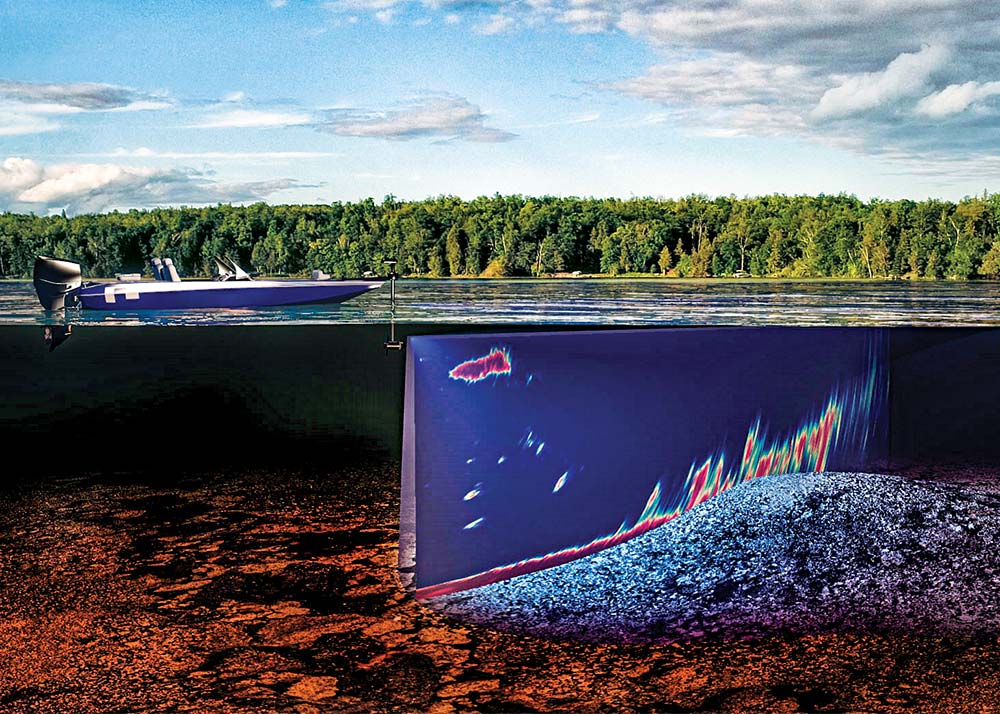
New Entry
There’s a newcomer in the live sonar field. Lowrance recently introduced HDS Live, featuring LiveSight, among other features. Place the optional LiveSight transducer in a bow-facing position to look sideways (wherever the boat points), or in a down-facing position to look below the boat.
As with Garmin’s LiveScope, the Lowrance LiveSight images in real time, so you can see fish and bait move around within the sonar beam, which operates on a frequency of 240 kHz. The down mode offers advantages when vertical fishing, allowing for pinpoint accuracy when presenting lures or bait to species such as grouper and snapper that you see under the boat, according to Lowrance. With the transducer in a front-facing position, you can cast toward species such as redfish or tarpon that you see on the display.
When using LiveSight forward in conjunction with the Lowrance Point-1 GPS antenna, an on-chart indicator shows the direction the transducer is pointed, allowing you to line up on a waypoint or pinpoint structure. Available in 7-, 9-, 12- and 16-inch display sizes, HDS Live ranges in price from $949 to $4,499. The LiveSight transducer is $999.
With live sonar’s prevalence growing, finding fish will never be the same.
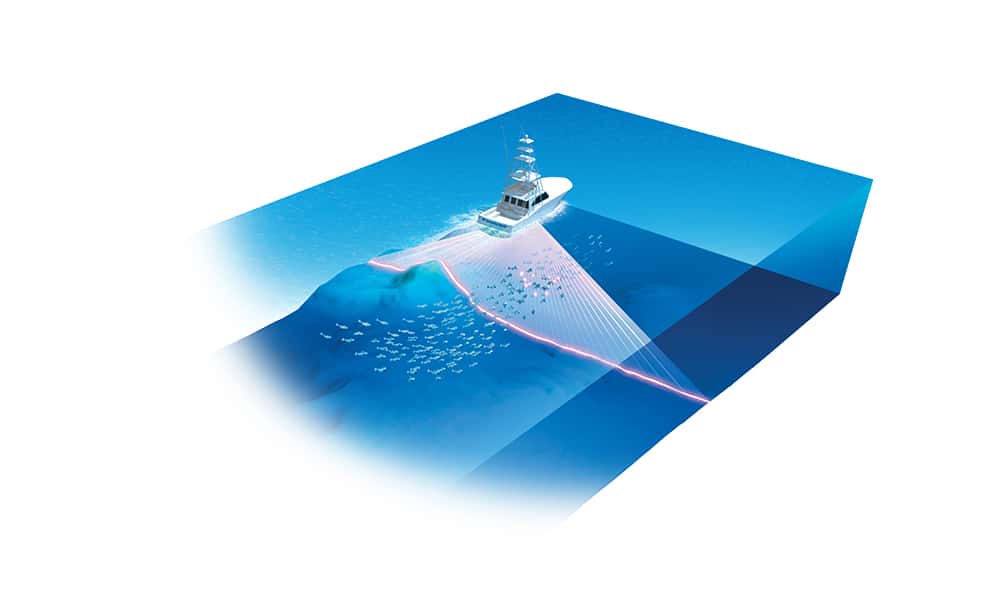
Furuno Real-Time Sonar
Furuno offers a version of live sonar for recreational fishing in its DFF-3D system, but this function differs significantly from the Garmin LiveScope and Lowrance LiveSight. The cross-section real-time sonar — one of many functions in the system — sweeps side to side rather than fore and aft, and it operates at 165 kHz for a range of 400 to 500 feet. Networked with Furuno’s NavNet TZtouch and TZtouch2 MFDs, the DFF-3D transducer sweeps 120 degrees in 3-degree increments with an 11-degree fore-and-aft beam width. A rate and motion sensor compensates for boat movements to stabilize the image. The cross-section real-time sonar function is designed for finding fish directly below and on both sides of the boat. Furuno’s DFF-3D, including transducer and black-box module, sells for $1,695.
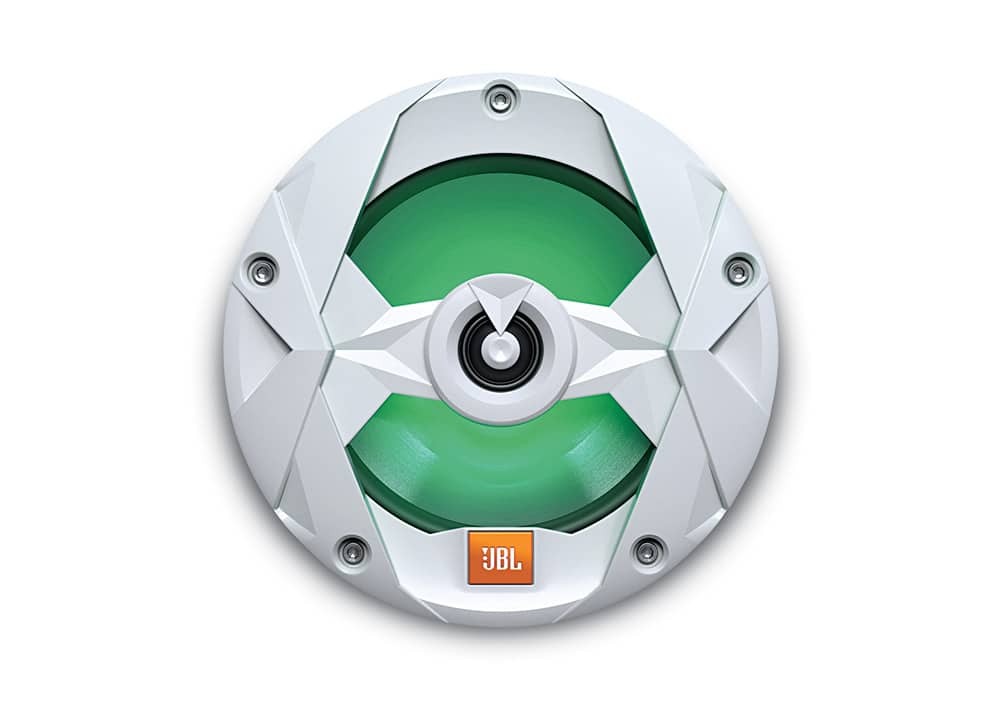
New Electronics
